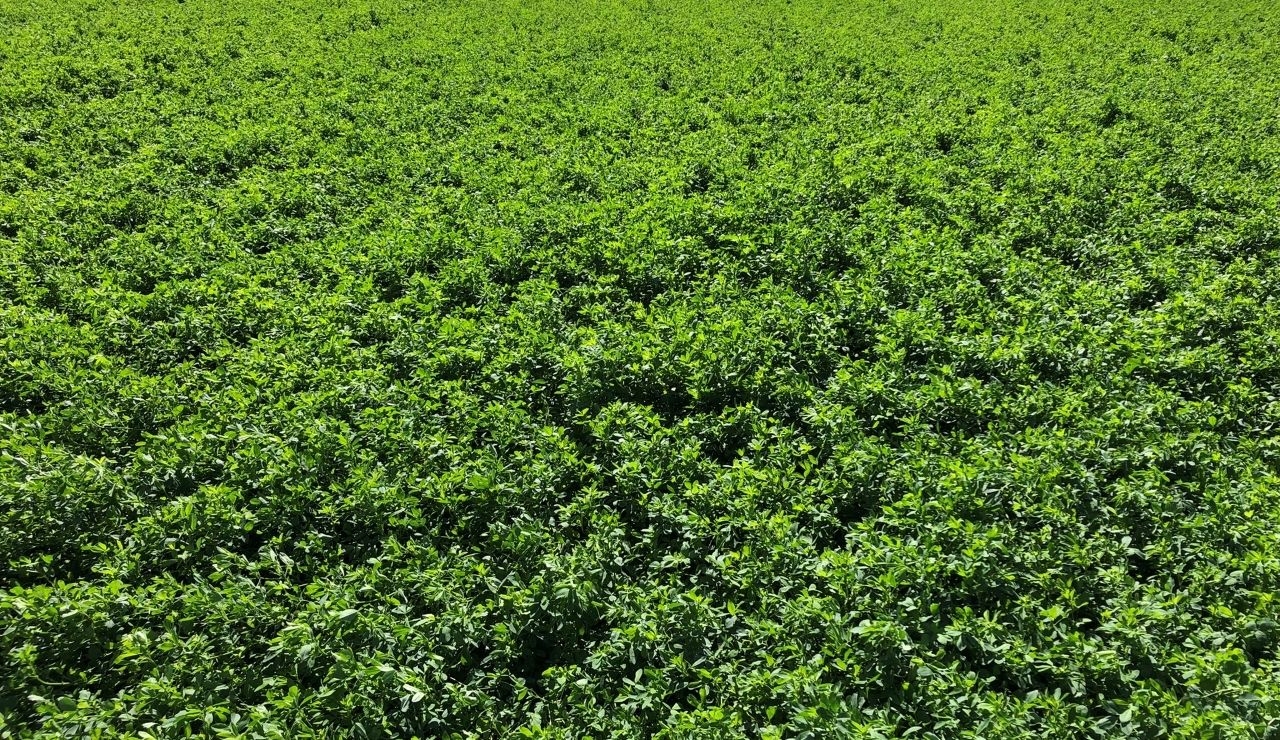How to grow forage crops more efficiently and profitably?
When growing forage crops in a large area of land, there are many ways to be more efficient and cost-effective. Here are some things to consider to help you achieve high yields, reduce production costs and improve the profitability of your farm.
Fertilization and pH
Maximizing yield starts with getting the pH right for your chosen forage seed.
Alfalfa grows and recovers much better at a pH of 6.8 or higher. Even red clover, although less demanding, grows better at pH levels above 6.
Make sure that you fertilize according to the recommendations and needs of the crops present. And for alfalfa, don’t forget the essential minor elements such as boron and sulphur.
Short rotations
Younger meadows survive the winter better, yield more and are of higher quality because they are less affected by disease, and weeds have had less time to take root.
Short rotations are more profitable, despite the increased planting cost. Forage harvesting costs are high, even when yields are low, which has a direct impact on production costs.
The cost of harvesting alfalfa is the same as that of harvesting dandelion.
Applications in the field
Machinery traffic also has a major impact on forage yields. The tracks left behind quickly fill up with weeds. So, you need to get machinery work done as quickly as possible, especially spreading liquid manure and picking up bales in the field.
You also need to use farm roads—your alfalfa will thank you!
The right mixes
Using the right mixes for your crop management, fertilization practices and livestock needs is key. But you can take it a step further by using species that are adapted to the pH and drainage of your meadow and to the changing climate.
Using species that are more resistant to drought or high humidity, such as fescue and bromegrass, in combination with the usual mixes will make for more resilient meadows.
Winter survival
Winter survival can be improved and is influenced by all the factors mentioned above.
But it all starts with applying best practices, including:
Selecting disease-resistant cultivars
Planting young meadows and leaving the fall cuttings in the field
Using appropriate, well-fertilized meadows
Better yields mean you can use less land to produce the same amount of forage. It also frees up a few hectares to grow another crop, such as a cereal for grain and straw. Yielding more and harvesting less has a positive effect all around.
Source: The original version of this article was published in French in Coopérateur magazine.



